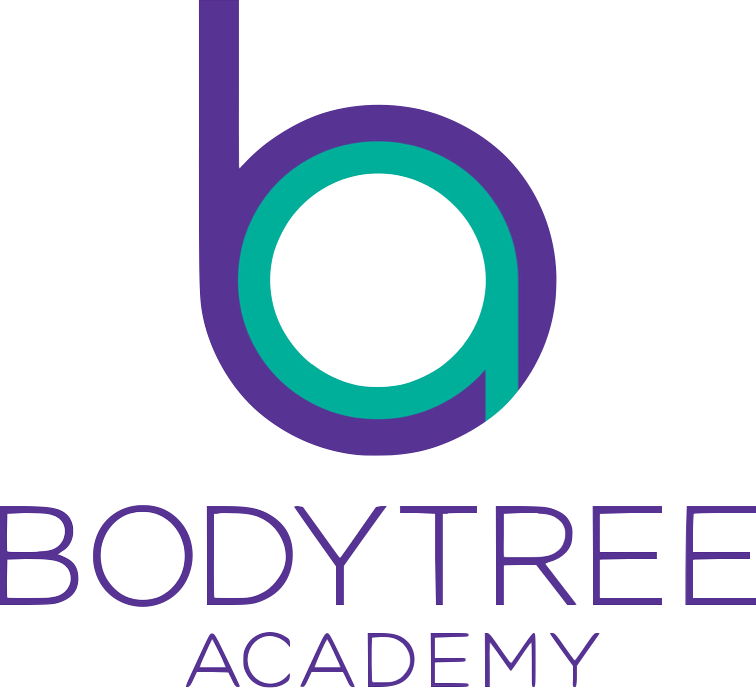Why a Pilates Teacher Must Study Human Anatomy
I still remember my early days when studying to become a Pilates Teacher. I sat through my first anatomy session and to say the least, I was completely lost – the language was totally unfamiliar although it was conducted in English!Why is it important for a Pilates Teacher to have a good understanding of anatomy? Because anatomy plays such a major role in movement, and as teachers of movement we need to how the anatomical structures affect, control and adapt to movements and exercises.I often hear this question – why it is difficult for someone to do a roll up? Most common answer is the abdominals not strong enough – which is correct – however, there are other factors in the person’s structure that may affect the ability to either Roll Up or perform a smooth and effortless Roll Up (i.e. without arching the back). Or know why putting the hands behind the head make it harder to do a Roll Up. Let’s analyse the Roll Up via the understanding of the human anatomy:As the student curls the upper body, it is a spine or trunk flexion and the muscles involved in this movement are – rectus abdominus, external/internal obliques and the back muscles (erector spinae & quadratus lumborum). The front abdominal muscles have to contract to flex the spine while the back muscles elongate (stretch) to form a curl.Some students – especially beginners struggle at this stage – i.e. the front abdominal muscles are not strong enough to flex the spine.However, there is another factor that can affect the roll up – i.e. the back muscles. The back muscles have to elongate to allow the spine to flex. When the back muscles are tight, it means the front muscles – namely the abdominals have to work harder to flex the spine and yet may not be enough to overcome the tightness in the back muscles.So understanding how these muscles affect the roll up movement, the Pilates Teacher can introduce other movements in the program to either strengthen or stretch them out.The above is a simple example of why understanding human anatomy is important.However, there will be clients who move with a patho-mechanic (a pathology of movement/mechanics of a joint) that could lead to future pain if not corrected.Why is it difficult for a person to lift the arms overhead without thrusting his head forward? This is a common patho-mechanic of the shoulder joints and to compensate the head moves forward to allow the arms to reach further back.
Let’s analyse the Roll Up via the understanding of the human anatomy:As the student curls the upper body, it is a spine or trunk flexion and the muscles involved in this movement are – rectus abdominus, external/internal obliques and the back muscles (erector spinae & quadratus lumborum). The front abdominal muscles have to contract to flex the spine while the back muscles elongate (stretch) to form a curl.Some students – especially beginners struggle at this stage – i.e. the front abdominal muscles are not strong enough to flex the spine.However, there is another factor that can affect the roll up – i.e. the back muscles. The back muscles have to elongate to allow the spine to flex. When the back muscles are tight, it means the front muscles – namely the abdominals have to work harder to flex the spine and yet may not be enough to overcome the tightness in the back muscles.So understanding how these muscles affect the roll up movement, the Pilates Teacher can introduce other movements in the program to either strengthen or stretch them out.The above is a simple example of why understanding human anatomy is important.However, there will be clients who move with a patho-mechanic (a pathology of movement/mechanics of a joint) that could lead to future pain if not corrected.Why is it difficult for a person to lift the arms overhead without thrusting his head forward? This is a common patho-mechanic of the shoulder joints and to compensate the head moves forward to allow the arms to reach further back. Understanding the shoulder anatomy will provide insights as to why this happens. Most often it is the tight muscles attached to the scapula and muscles of the upper back. If the muscles don’t allow the scapula to fully rotate upwards and for a slight extension in the upper thoracic spine, there is limitation in lifting the arms overhead.Having this understanding will allow the Pilates Teacher to include movements to promote proper mechanics of the scapula, to improve thoracic spine mobility – to improve the shoulder joint mobility.It is important to correct this patho-mechanic especially for clients who play sports that require a lot of overheard arm movement e.g. tennis and swimming.Written by LayYong
Understanding the shoulder anatomy will provide insights as to why this happens. Most often it is the tight muscles attached to the scapula and muscles of the upper back. If the muscles don’t allow the scapula to fully rotate upwards and for a slight extension in the upper thoracic spine, there is limitation in lifting the arms overhead.Having this understanding will allow the Pilates Teacher to include movements to promote proper mechanics of the scapula, to improve thoracic spine mobility – to improve the shoulder joint mobility.It is important to correct this patho-mechanic especially for clients who play sports that require a lot of overheard arm movement e.g. tennis and swimming.Written by LayYong
